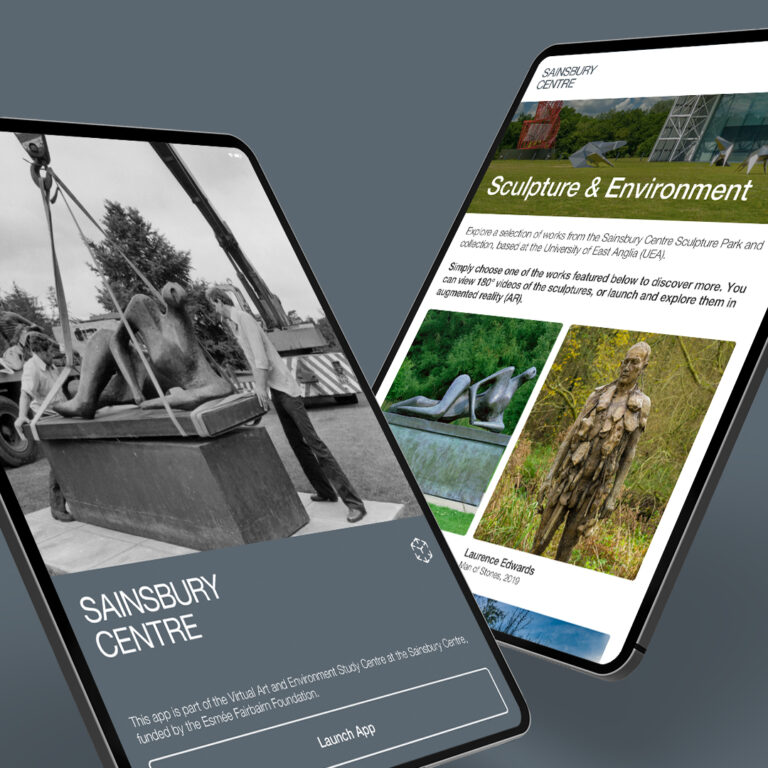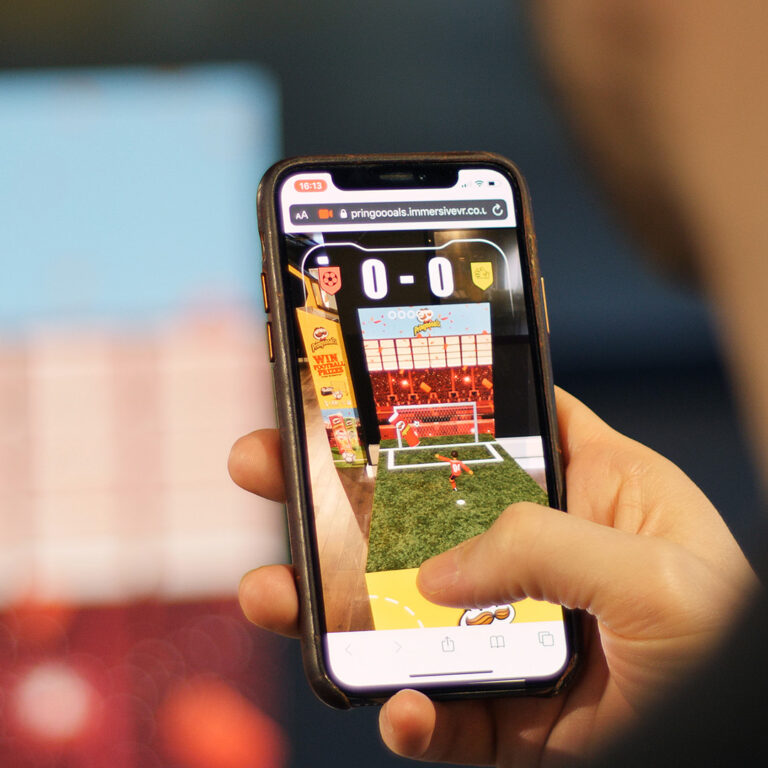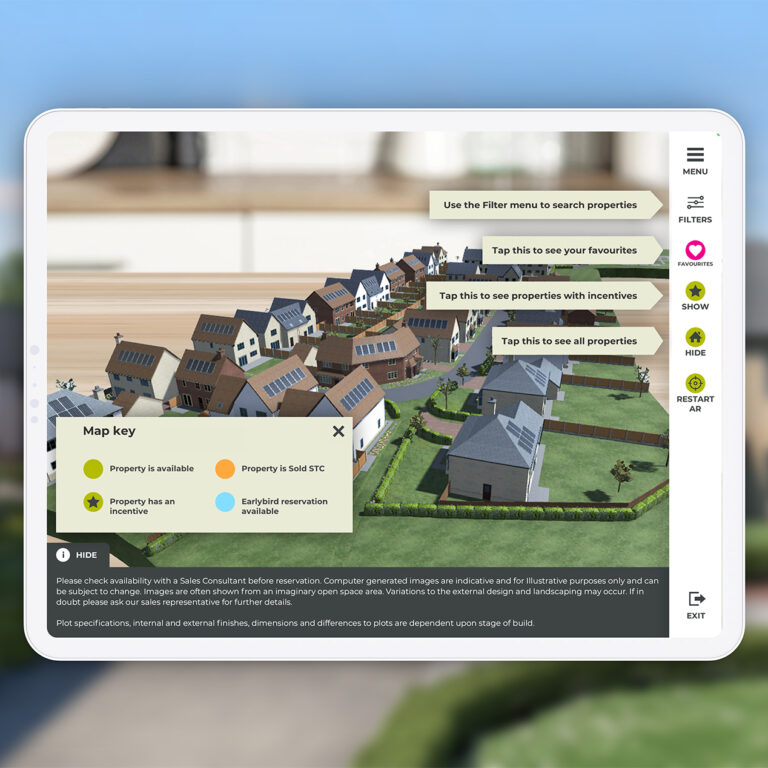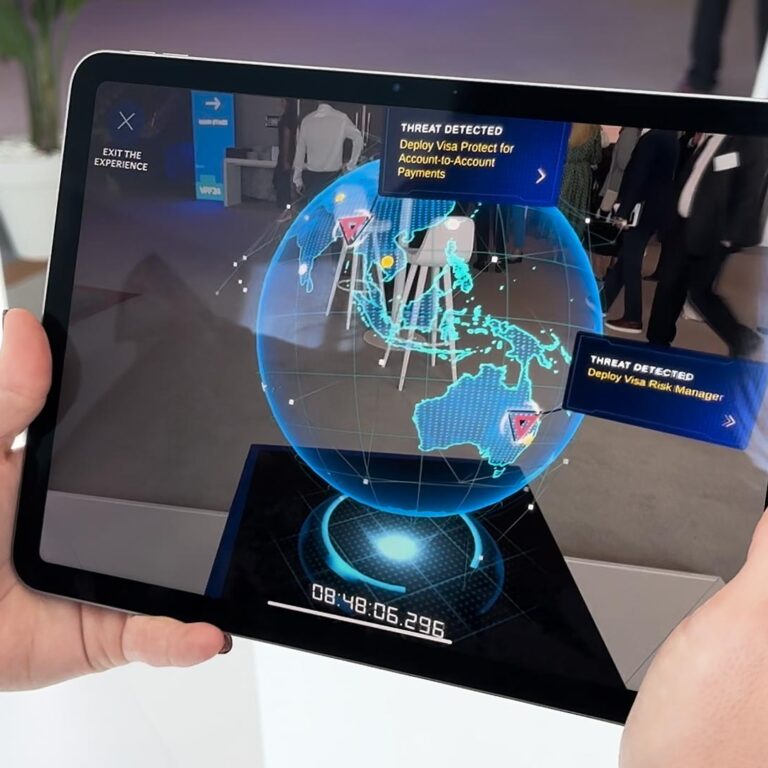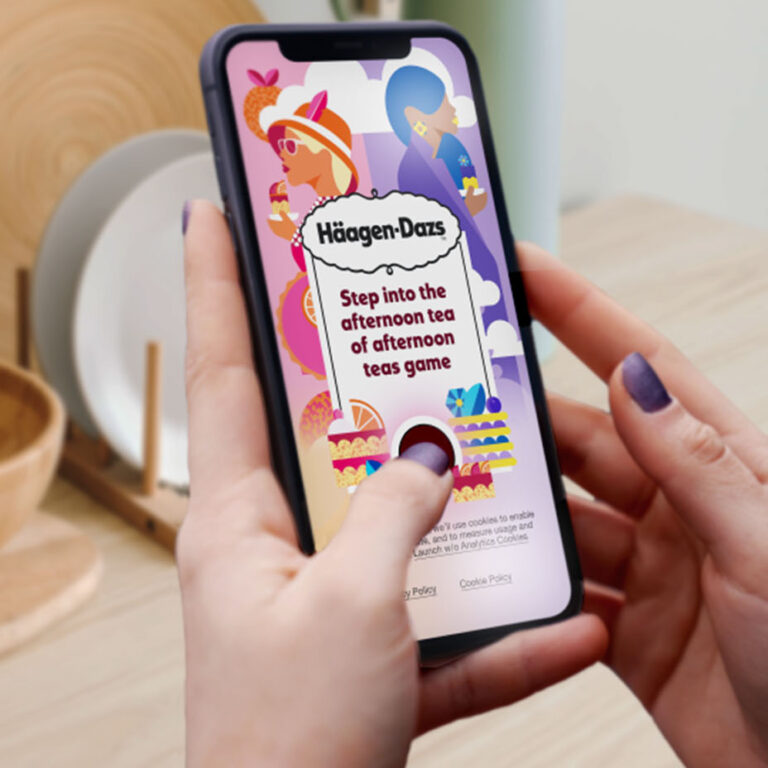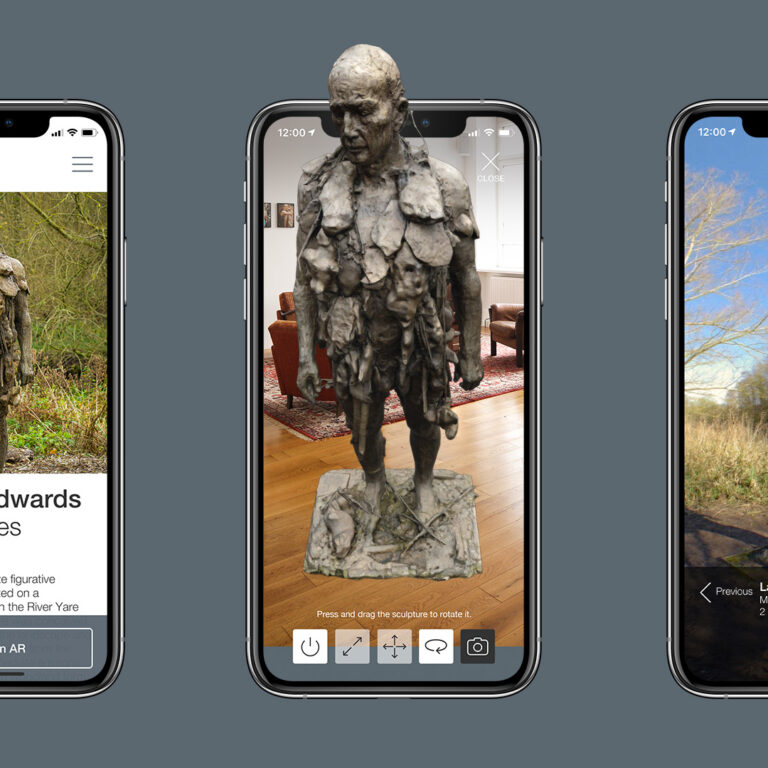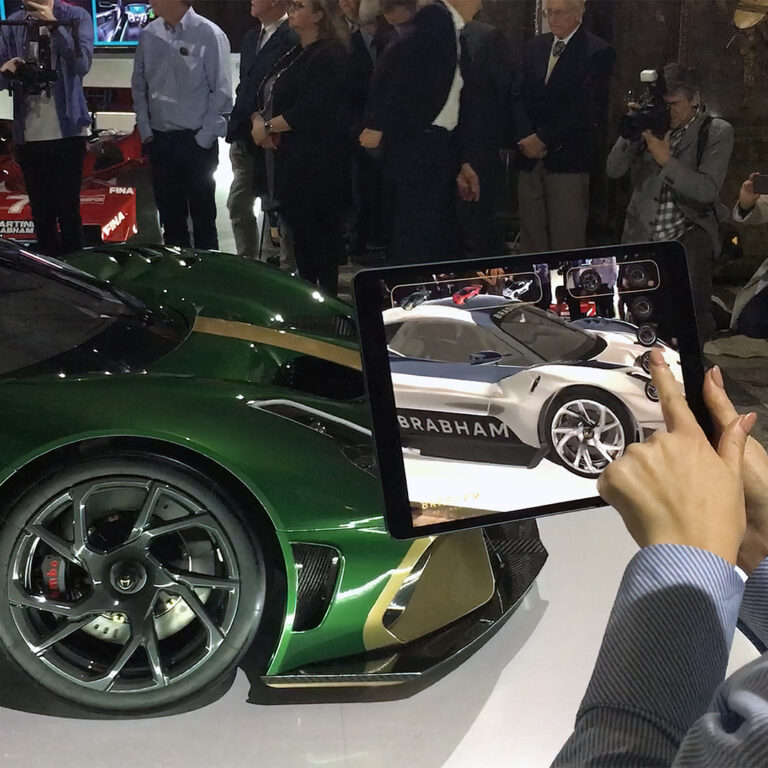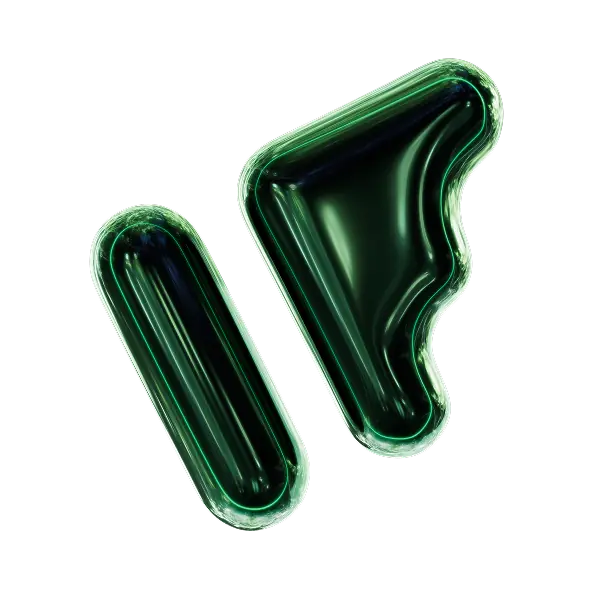AR SERVICES
Bespoke Augmented Reality Experiences for Brands & Audiences
Bring your brand to life with bespoke augmented reality experiences. Infinite Form designs AR solutions that engage audiences anywhere – from filters and packaging to location-based activations and interactive apps – delivering immersive, shareable campaigns with measurable impact.

ABOUT AR SERVICES
What if you could add a digital layer to reality?

Augmented reality connects audiences directly with your content in the spaces they already inhabit. At Infinite Form, we create bespoke AR experiences that build engagement and deepen storytelling.
Our services range from interactive product packaging and AR filters to location-based campaigns and immersive learning tools. We handle concept, design and delivery – ensuring every AR solution is seamless, accessible and tailored to your goals.
Trusted by
PROJECT GALLERY
Ask us about AR
AR is used in retail, marketing, culture, tourism, education, training and events – anywhere interactivity can add value.
VR is fully immersive, MR anchors digital content into physical space, while AR overlays interactive elements onto real-world views via devices.
Yes – all AR projects are tailored to your brand identity, audience and campaign objectives.
We deliver everything from social filters to complex AR platforms, apps and large-scale activations.
No – AR is accessed through smartphones, tablets or AR-enabled browsers, making it highly accessible.
We can offer complete end-to-end support, from creative design and technical development to deployment, maintenance and updates – ensuring your project runs smoothly and continues to deliver results. We’d be happy to discuss options with you to suit your needs.
Contact us
Interested in AR?













